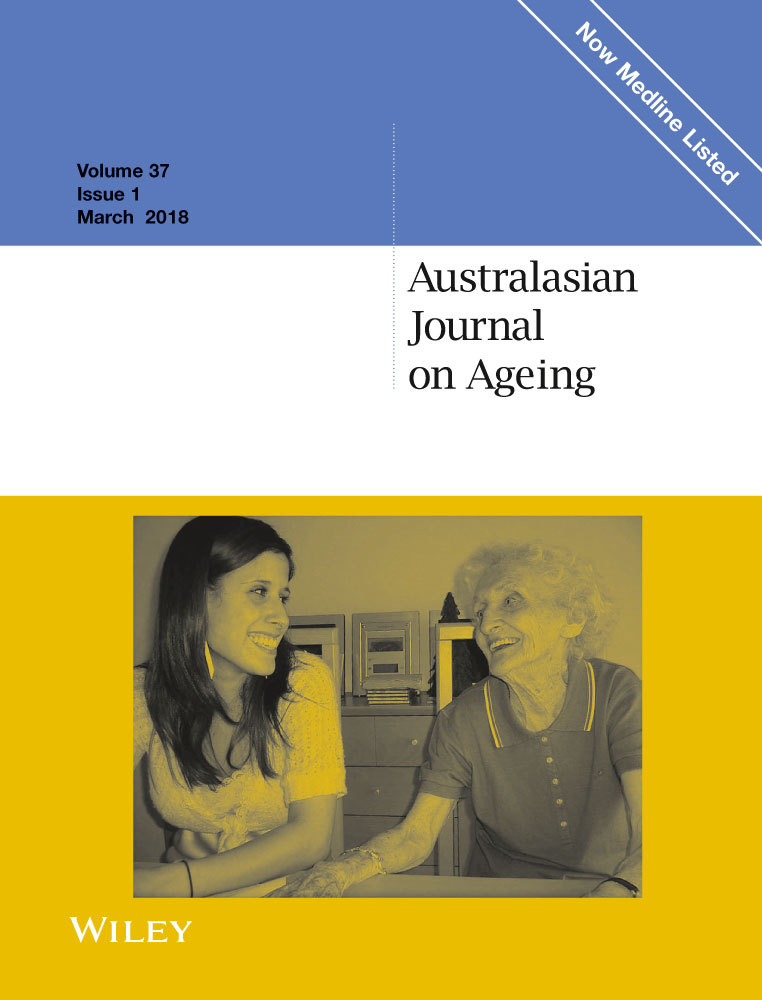Impacts of voluntary and involuntary workforce transitions at mature ages: Longitudinal evidence from HILDA
Abstract
Objective
To assess the changes in health, well-being and welfare dependency associated with yearly workforce transitions from working to not working among people aged 45–64 years.
Methods
Transition analysis of the nationally representative longitudinal data from the Household Incomes and Labour Dynamics in Australia survey 2002–2011.
Results
People who voluntarily left paid work had reasonable control over their situations, and their satisfaction remained relatively stable even with deteriorating health and increasing welfare dependency. Those who involuntarily left paid work had less control and preparedness, and they experienced significant decreases in their satisfaction with life overall, finances and health; they were also more likely to be psychologically distressed, welfare dependent and had a higher probability to return to paid work.
Conclusion
Voluntary and involuntary workforce transitions have different impacts on health and well-being. Enabling mature aged workers to work longer can yield benefits for both individual well-being and government budgets.




